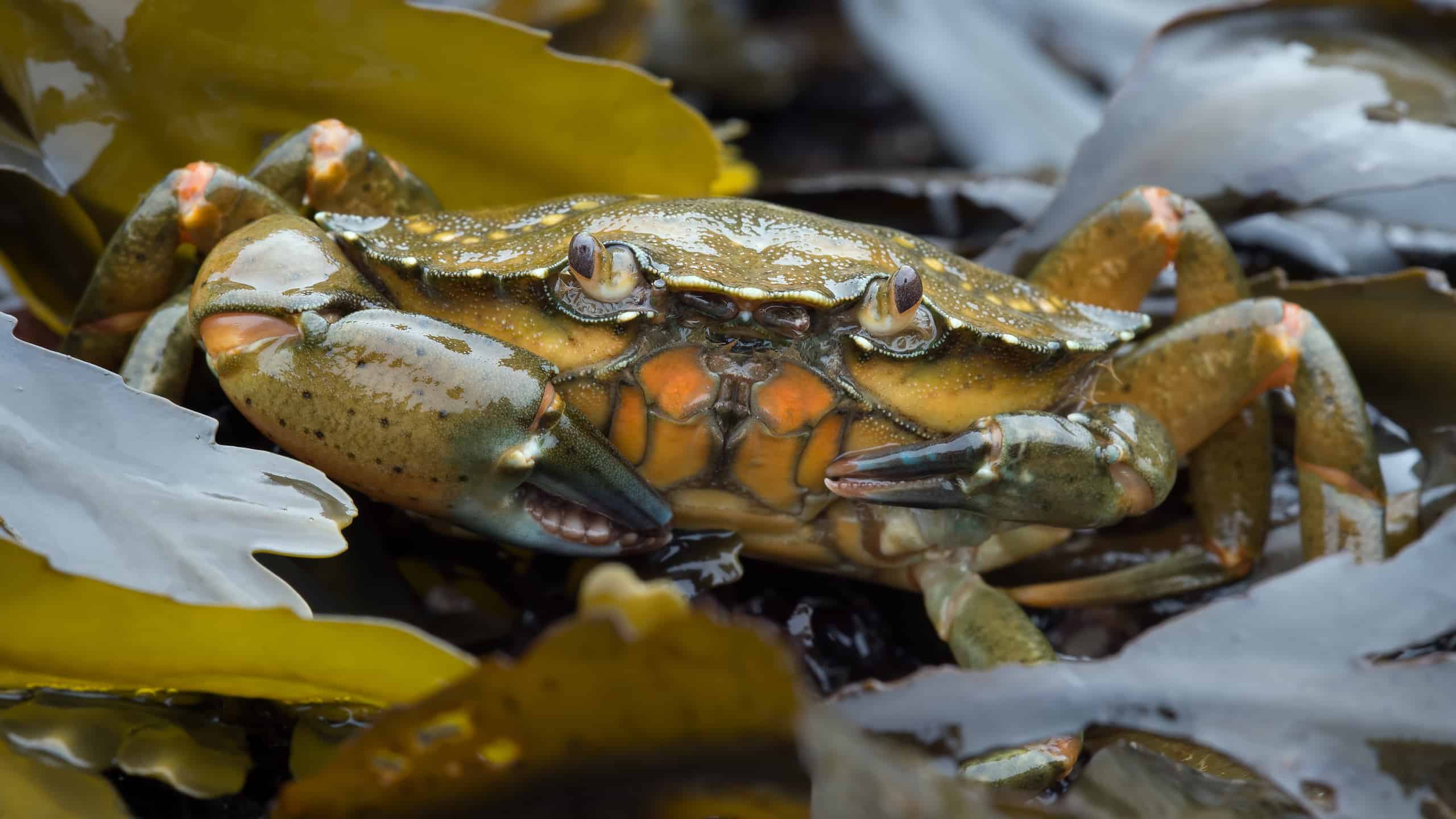Many humans are not that keen on hornets, especially if we have been stung by one. They are not exactly defenseless creatures, have a reputation for being aggressive, and can deliver a nasty sting. However, that sting is pretty useless when it is faced with an animal with a hard exoskeleton like this crab. This particular hornet comes to a sticky end – quite literally. The crab squeezes ‘hornet juice’ out of its body before eating it. Don’t watch the clip below whilst having your lunch!
Watch the Intense Footage Below
What Exactly Are Crabs?
Crabs are a group of animals that are in the Brachyura family of crustaceans. They are known for their hard exoskeleton, their distinctive sideways walk, and their large claws and pinchers. You will find crabs in a range of aquatic habitats – both freshwater and saltwater. Some even live on land. Habitats where you are likely to find crabs include sandy beaches, estuaries, coral reefs, and mangroves to name just a few.
There are thousands of species of crabs and they play a critical role in the ecosystems of their environment. They clean up a lot of waste material and provide food for many other creatures. Humans are one of them! This is an ancient group of animals that have been on the earth for more than 200 million years. Crabs occur in a wide range of sizes, the smallest measures under an inch. This is the tiny pea crab. At the other end of the scale, is the massive Japanese spider crab which can weigh 28 pounds and measure 13 feet across.

There are thousands of species of crabs.
©Shannon West/Shutterstock.com
What Do Crabs Normally Eat?
In the wild, crabs eat a wide range of food. They are omnivores and will eat both plant and animal material. The smaller species rely on seaweed, algae, and small animals such as worms and shrimps. Larger crabs are able to eat squid, other crabs, and small fish.
Crabs have complex mouth parts and we get a good view of this in the clip. The mouth consists of a pair of mandibles, two pairs of maxillae, and three pairs of maxillipeds. The maxillae manipulate and break up food. The maxillipeds are like little legs that move the food to the mouth. The maxillipeds also grip the food (in this case the hornet) while their pincers rip it to pieces!
Thank you for reading! Have some feedback for us? Contact the AZ Animals editorial team.








